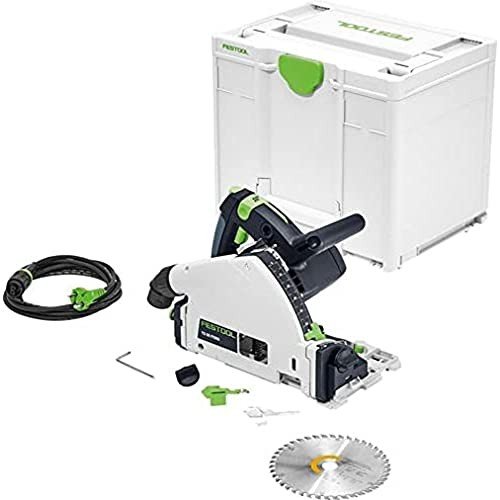The Evolution of Power Tools: Revolutionizing Construction and DIY
In the modern age, power tools have actually ended up being indispensable throughout various sectors, Powertool including building and construction, woodworking, vehicle, and even home enhancement. These tools, which harness electricity or compressed air, have actually considerably improved effectiveness, accuracy, and safety in a broad variety of jobs. This article explores the advancement of power tools, their different types and applications, and important factors to consider for their usage.
A Brief History of Power Tools
The journey of power Cheap Tools UK began in the 19th century with the development of several pioneering devices. Although hand tools have actually been around for centuries, the arrival of electricity marked a considerable turning point. Here is a short timeline:

| Year | Milestone |
|---|---|
| 1813 | The very first electric drill is created by Henry W. Seely, laying the groundwork for future power tool innovation. |
| 1895 | The very first portable electric drill is established, transforming drilling and woodworking. |
| 1920s | Introduction of pneumatic tools, largely used in the vehicle market. |
| 1940s | Power tools begin to be commonly utilized in residential jobs. |
| 1980s | Transition from corded to cordless tools begins with improvements in battery technology. |
| 2000s | Smart technology incorporates into power tools, boosting performance and functionality. |
This timeline highlights the transformative journey that power tools have undergone, progressing from primary principles into advanced makers that carry out intricate jobs with ease.
Types of Power Tools
Power Tools Prices tools are categorized based on their operational system, and comprehending these types can help with better choice and use of tools. Here are some common categories:
1. Electric Power Tools
Electric tools make use of electrical energy to operate. They can be classified as:
Corded Power Tools: Tools that require a direct connection to the power outlet, such as circular saws, drills, and sanders. These offer unrestricted run time but are restricted by cord length.
Cordless UK Power Tools Tools: Battery-operated Online Tools that combine benefit with mobility. Examples include battery-powered drills, effect chauffeurs, and reciprocating saws.
2. Air-Powered Tools
These tools run on compressed air, especially in commercial settings. Common examples include pneumatic nailers, effect wrenches, and spray guns.
3. Specialty Power Tools
These include particular functions and applications:
- Rotary Tools: Such as Dremel, utilized for cutting, sanding, and polishing.
- Planers: Used for smoothing and shaping wood surfaces.
- Laser Levels: Providing accuracy in leveling and alignment tasks.
4. Hobbyist Power Tools
Crafting lovers benefit from smaller sized, specialized tools such as die cutters, and mini drills.
5. Programmable and Smart Tools
With technology combination in the 21st century, smart power tools can be set for particular jobs, provide safety features, and provide real-time feedback to users.
Applications of Power Tools
The widespread adaptation of power Tools Online Shopping has actually resulted in their varied applications across numerous markets:
- Construction and Renovation: Essential for framing, roofing, and floor covering. They improve performance and reduce manual labor.
- Woodworking: Power tools like routers, saws, and jointers enable precision in crafting furniture and cabinetry.
- Automotive: Repairing and putting together vehicles with tools like impact wrenches and tire changers.
- Do It Yourself Home Projects: Homeowners progressively rely on power tools for restorations and repair work, improving their DIY capability.
Security Considerations When Using Power Tools
While power tools provide many benefits, they also pose threats if not utilized properly. Here are important security tips to consider:
- Always checked out the user manual before running any tool.
- Use Personal Protective Equipment (PPE), such as gloves, safety glasses, and ear defense.
- Keep the workplace tidy and well-lit to reduce threats.
- Make sure to unplug or get rid of the battery from tools when changing attachments.
- Never bypass security functions set up on the tools.
- Ensure proper ventilation when utilizing tools that produce dust or fumes.
Frequently Asked Questions (FAQs)
Q1: What is the distinction between corded and cordless power tools?
A: Corded tools require a direct connection to a power source, providing endless run time however minimal range. Cordless tools offer portability and convenience however depend on battery life and charging.
Q2: How do I keep my power tools?
A: Regular maintenance involves cleansing, looking for harmed parts, and lubricating moving parts. Additionally, follow the maker's directions for battery care and storage.
Q3: What security equipment do I need for power tool use?
A: Essential safety equipment includes safety goggles, ear protection, gloves, and breathing masks for dust control.
Q4: Can I utilize power tools inside?
A: Yes, but ensure adequate ventilation and usage dust collection systems where relevant to minimize risks.
Q5: What should I do if my power tool malfunctions?
A: Stop using the tool instantly, disconnect it, and speak with the user manual for fixing suggestions. If essential, seek expert repair help.
Power tools have actually unquestionably reinvented jobs across numerous sectors, enhancing effectiveness and safety throughout the workplace. As technology continues to progress, standard power tools are ending up being smarter and more user-friendly. Comprehending their types, functions, applications, and safe handling treatments equips users with the knowledge needed to optimize their efficiency and safety. With a blend of innovation and duty, individuals can continue to harness the full power of these extraordinary tools in both expert and DIY tasks.

